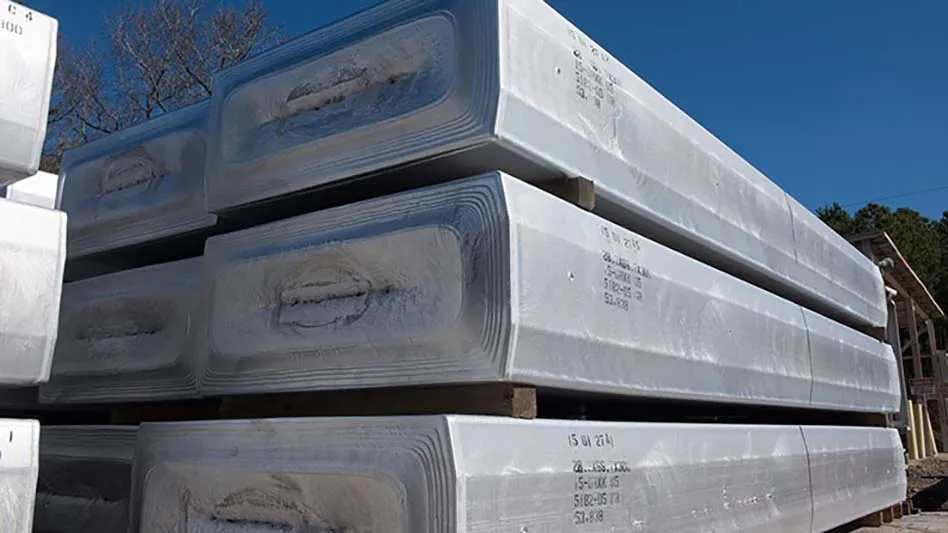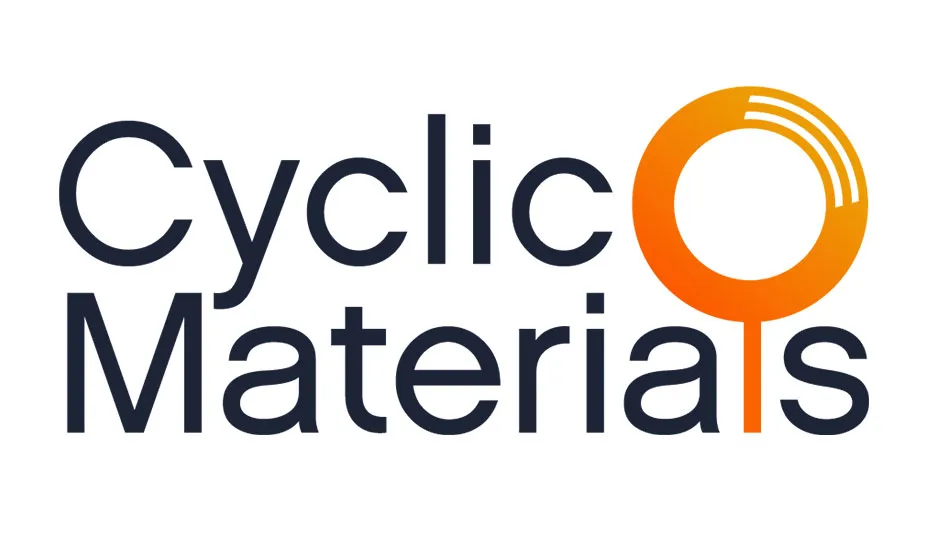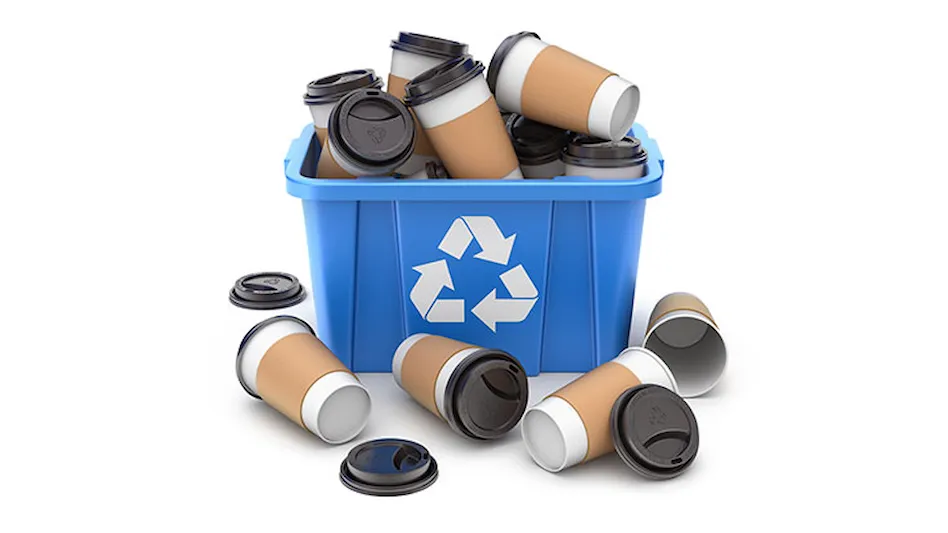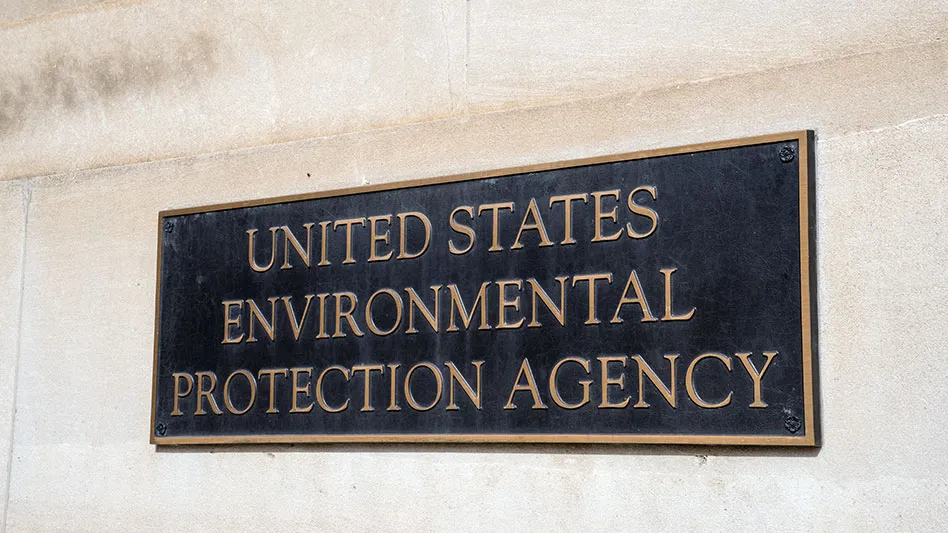
Properly calibrated scales assure recyclers and their customers that they get fair payment for an honest ton of materials. A scale that is off by just 20 pounds and weighs 10 loads per day is going to shortchange someone out of a ton’s worth of goods every two weeks. That’s 25 tons per year. At $350 per ton for HMS (heavy melting steel), that’s nearly $8,800 lost to a simple 20-pound error. Start running copper or titanium over those scales, and the losses get significant.
“Accuracy at a recycling application is most important. It is the cash register: Money in, money out,” says Mark Hudzinski, account manager for Avery Weigh-Tronix, based in Fairmont, Minn.
“Purchase the highest quality product for your requirements and seek the best possible servicing company to take care of your equipment,” advises Bill Murphy, heavy capacity sales director for Rice Lake Weighing Systems, Rice Lake, Wis. Murphy, who has more than 30 years’ experience in the industry, suggests looking for equipment that can be purchased from more than one source or manufacturer. “You don’t want to have a down scale on a weekend and not be able to get parts,” he says.
Getting scales to optimum performance is not that weighty an issue. “Make sure that the scales are NTEP- (National Type Evaluation Program-) approved devices,” says Ron Ricketts, national sales manager for Cardinal Scale Manufacturing, Webb City, Mo. “Also, make sure that the scale installer is licensed to install and repair scales.”
“The regulatory requirements that we face today as well as the design of today’s truck scales require a testing method that is drastically different from days gone by,” states Jerry Stoll, service marketing manager with Mettler Toledo, Columbus, Ohio. Today’s testing and calibration methods require that a known and certified test weight be placed on each load-receiving element.
Handbook 44 (HB44) requires that this load be 12.5 percent of the displayed capacity of the scale. Owners of scales demand that this process be done as quickly as possible so as to not interfere with their production time.
“Today’s service provider must be equipped with a Heavy Capacity Test Truck that carries enough weight to meet HB44 requirements, and this unit must also utilize a mechanized method of moving and placing the test weight over each load-receiving element so that weights can be moved on and off the scale in a minimum amount of time,” Stoll says.
Each load-receiving element or section in the scale needs to be tested to 12.5 precent of the capacity of the scale and a build up or strain load test should be done through the usable capacity of the scale. All adjustments should be made to leave the scale with as close to zero error as possible.
“We advise our customers to have a known weight on site and test the scales before each shift of work,” says Frank Lasick, West Coast special project manager for Avery Weight-Tronix. While he says some cleaning can be done by the customer, as with any specialized equipment it is best left to the professionals.
KEEP THEM WORKING
“An ounce of prevention is worth a pound of cure” when it comes to scale maintenance. Simple things—like a broom or blower—can help keep scales functioning right.
“If you are experiencing more frequent breakdowns, it may be an indication that the scale has not been maintained to the standards of the manufacturer,” Stoll says.
“Keep dirt and debris from building up underneath the scale platforms,” advises Ricketts. In addition, he says recyclers should make sure all junction boxes are sealed against debris. Keep water from leaking into junction boxes.
Look at the deck, Murphy says. Rust or crumbling concrete can weaken the scale’s structure and cause problems. Clean and paint rusted steel decks.
Binding is a common cause of inaccuracies. Small rocks can become wedged between the foundation and deck. Installing T-strip molding between the deck and foundation can help keep debris from getting caught or falling down into the scale. Murphy notes that some above-ground scales have clean-out plates that can be removed to clean out debris that builds up on the foundation’s surface closest to the scale’s end.
“A periodic check of the scale with test weights is also a good idea,” Ricketts suggests.
“During a normal preventive maintenance call, our technicians are trained to look for cut cables, evidence of rodents, debris buildup, out of level, customer abuse/misuse,” Hudzinski says. His firm offers a free scale site evaluation.
A visual inspection is the single most important thing that a scale operator can do to ensure the scale is operating properly, Stoll says, adding it is not much different than performing a walk-around inspection of a loader, dump truck or any other piece of heavy equipment.
“Pinpoint items that may cause premature failure of scale components or affect the operation of the scale system,” he says, adding that it is always recommended to perform a functional test of the system as well after the visual inspection. A functional test gives the scale operator a method of inspecting the scale for any major weight discrepancies and ensures that the accuracy of the scale.
“In addition to a good self-maintenance plan it is also imperative that the scale be placed on a preventive maintenance plan with a local scale service provider qualified to certify truck scales,” Stoll says.
“We currently have some recycling customers on a 30-day preventive maintenance cycle to assure accuracy and peace of mind,” Hudzinski says. Frequency of use also comes into play, he adds. A site with 200 trucks per day will need a different preventive maintenance plan than a site with 30 trucks per day.
|
Software Savvy
Software for scales and weighing systems can help recyclers enhance their profitability and efficiency in addition to providing recyclers with a complete management tool for their scale operations.
By having a software system in place, recyclers have the ability to track data by weight, volume and units as well as to generate reports on a daily, weekly, monthly and quarterly basis. Software systems also allow for the establishment of security levels and flexible pricing control by customer or material, etc. Software also offers the ability to audit scale activity on ticketed and non-ticketed weighments.
For recyclers handling material from construction sites, data needed for LEED (Leadership in Energy and Environmental Design) reporting can be printed on tickets generated through the software system, which can be used to track disposal details required by the program. By adding an unattended scale installation, such as PC Scale’s DAT™ (Driver Assisted Terminal), recyclers can reduce their labor costs for their scale operations by allowing drivers to enter their own data. This allows recyclers to focus on other operational aspects of the business.
Yasi Alemzadeh is sales and marketing manager for PC Scale, Oxford, Pa. More information is available at www.pcscale.com.
|
If the scale is legal for trade, it is imperative that the service provider has enough certified test weight to properly test the weighing system. The National Institute of Standards and Technology (NIST) requires that scales with a capacity greater than 40,000 pounds be tested with certified test weights equal to at least 12.5 percent of the scales capacity.
Every truck scale is assigned a COC, or Certificate of Conformance, number that assures the buyer the product has met these minimum requirements. Truck Scales are CLASS IIIL devices as defined by NIST.
HONEST WEIGHT
Scales that do not function properly cheat someone, and that someone is not always the customer. Misaligned scales can cheat a recycler by over-stating the weight of a trailer or a load.
“Most scales would need calibration service at least twice per year based on the number of weighments,” Ricketts says. High-volume scales may benefit from calibration once per quarter.
“The cleaning may have to be done weekly or monthly based on location and the environmental conditions,” Ricketts adds.
Among the indicators recyclers can look for to know their scales need calibration or general maintenance include the scale not returning to “zero” after removing a load.
If possible, weigh trucks on a second scale and compare weights. A difference of more than a couple hundred pounds could indicate a potential problem, Murphy says, adding that any change above two or three increments from zero is cause to have the scale checked by a professional.
Another warning flag is unstable readings when a load is applied to the scales.
“If the same load is applied to the scale and a different reading is shown each time, this could indicate debris build-up or a scale problem internally,” Ricketts says.
Many manufacturers offer preventive maintenance packages. While these often are handled locally by the installing dealer who usually offers these services, recyclers can certainly use their own personnel to do basic tasks like keep the scales clean.
“The dealer is licensed to calibrate the scales with test weights and would normally provide that service,” Ricketts says.
Scale calibration depends upon frequency of use. “The most common thing we hear is, ‘It’s been fine for years’ or ‘The county guy comes and checks it every year’,” says Hudzinski. But when a major problem occurs, it probably could have been caught during a preventive service call, he says.
A scale calibration process consists of placing known test weights on the scale in stages to test the capacity and make sure the scale in linear as the weights are applied.
In addition, a good tech will check the scale for any signs of binds or debris buildup before adding the test weights.
“There is currently no law saying you must have your scales checked by a scale company,” Hudzinski says. But, he warns, if a scale is tested by the state or county and found out of tolerance, the scale cannot be used until it can be repaired and brought back into tolerance by a licensed scale technician.
The author is a freelance writer based in Cleveland. He can be contacted at curt@curtharler.com.

Explore the July 2010 Issue
Check out more from this issue and find you next story to read.
Latest from Recycling Today
- Domestic ferrous scrap market remains on ‘sideways’ trajectory
- GFL reports revenue increase in first quarter
- Guardian Data Destruction names new CEO
- Bulking up
- Greenmantra says polymer additives optimize customer’s HPDE pipe
- Pure Loop celebrates ISEC shredder-extruder at NPE
- New Alpla PET wine bottle cuts carbon emissions
- Ascend Elements, Call2Recycle to offer customized EV battery services





